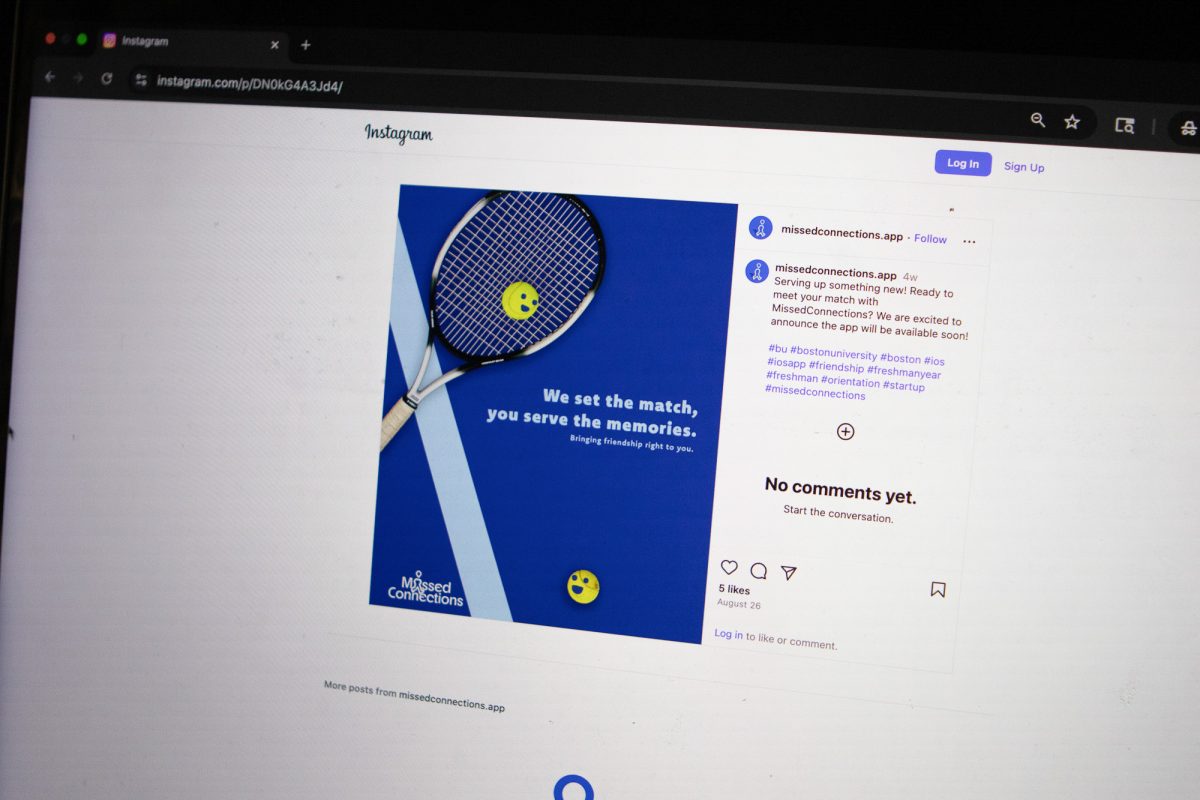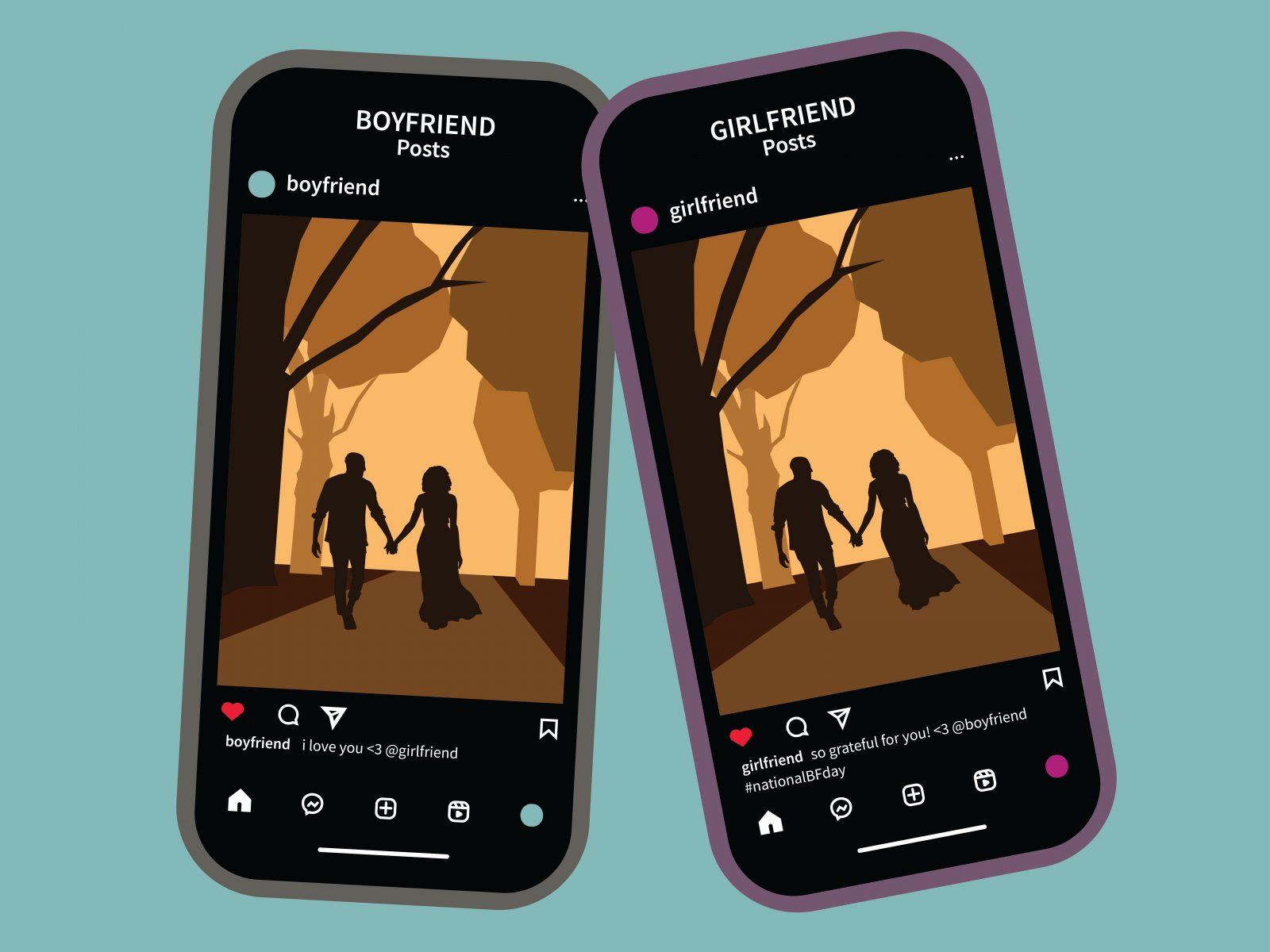If I could have any superpower, I would wish for the ability to speak and understand every existing language. The ability to communicate with everyone in the world would be an amazing, rare capability.

Four years of Honors Latin in high school at the time seemed like a pain, but I found myself missing it after I started college, and my schedule was filled with nothing but technical, science classes. The process of learning a language is slow, but rewarding, and I found myself missing it.
I’m bilingual and am better at picking up languages than others, which is maybe why I convinced myself I could pick up a basic understanding of French in six months this summer. We now have less than a month left until 2023, and my knowledge of French has not progressed more than some basic vocabulary.
However, if you’re anything like me and want to ring in the new year with a new language-learning experience, I’ve built up some tips and preferences that may lead us toward our goal.
Here are some of my recommendations for language acquisition.
The first thing you want to do is set a goal. It’s important that it’s attainable within the time frame set and that future goals can stem from it. Maybe you want to build vocabulary. Some people like to focus on grammar first, and others, on pronunciation. Once you have an idea, select your tool.
Duolingo has famously popularized the use of apps in learning languages, but others may fit your goal better. Many of my friends have been disappointed that they could not become fluent through Duolingo, but few apps will. This app is a great starting point to create a learning environment and works well when paired with other apps. The colorful, game-like exercises are entertaining and easy to use.
In contrast, Language Transfer offers a concise series of lessons that focus more on an overview of grammar. While less vocabulary is involved, the app focuses on the construction of a language. I would consider pairing it with Duolingo to get an overall comprehension of both words and how to organize them. The audio tracks for each language make the lessons much like listening to a lecture. It’s comfortable, easy to use and helps immersion make a bit more sense.
Pimsleur is similar to Language Transfer, which takes a traditional audiological approach. A big advantage is getting a feel for pronunciation from the conversational style of lessons that apply both grammar and vocabulary to help learners listen and react quickly and fluently. While learning new forms, old forms keep learners from forgetting earlier lessons. Like Language Transfer, its audio format makes it easier to access and listen to anywhere at any time. However, Pimsleur is not free.
Once you find the right app and system that works for you, immersing yourself in the language will help you incorporate the language into your everyday life. A popular trick is to watch movies made in the language — first with captions and then without.
A similar method is to listen to lyrics in a song of that language. I know someone who liked to change their phone settings to the language they were trying to learn to force themselves into seeing the language every day. Lastly, travel to immerse yourself in the culture, and test your skills if the opportunity arises!
There’s a certain power that comes with a language. You’re able to communicate with others and connect with the culture of the language. It’s a total immersion that tells the locals, I love your home and its people. It’s now officially in writing — 2023 will be the year I get one step closer to a superpower.



























































































































